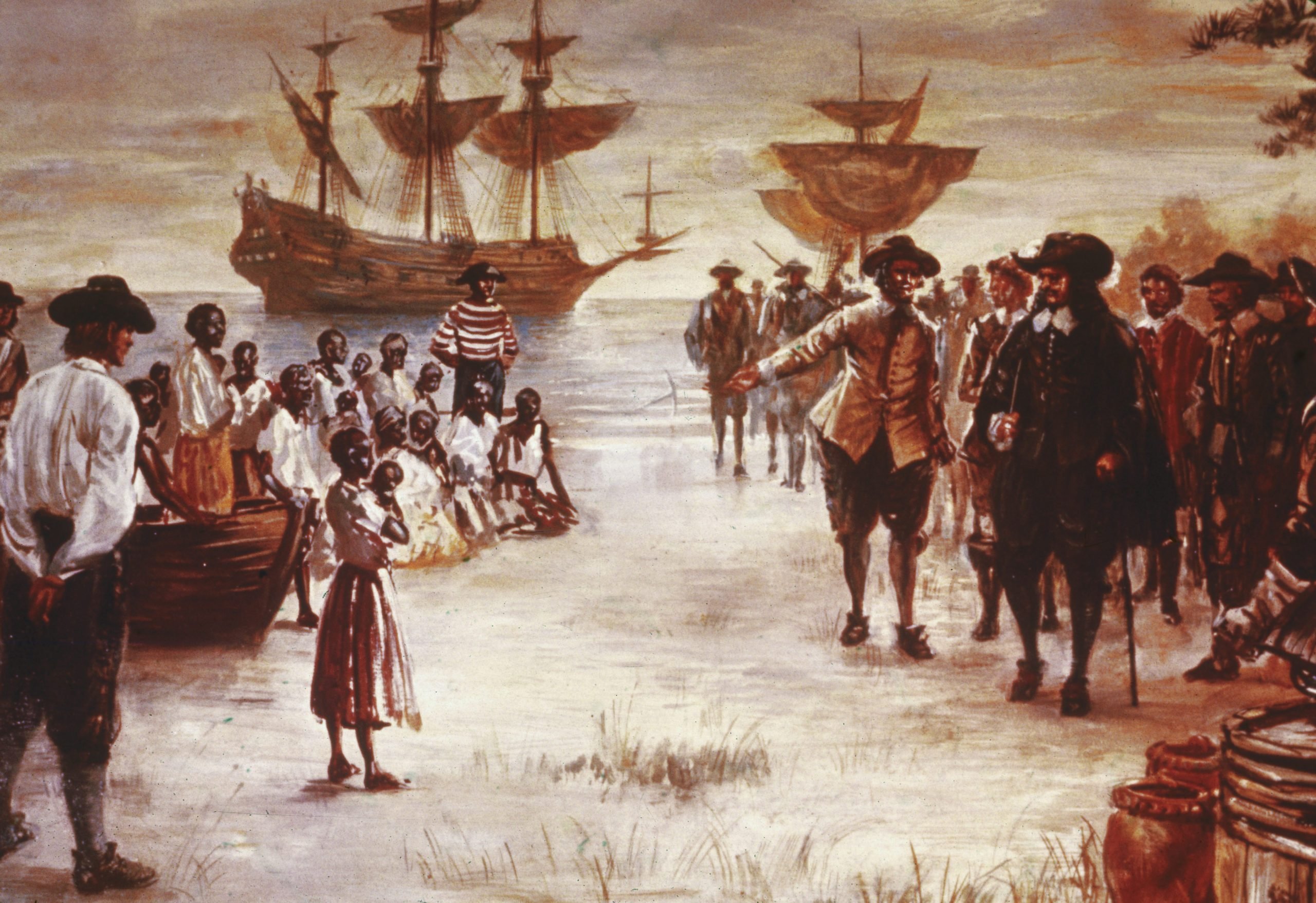
A racist past
The roots of racism in the United States sprouted from slavery, and more than 150 years after emancipation, they retain a stranglehold on so many aspects of American life. The lasting impact goes far beyond Confederate statues and entertainment glorifying that shameful aspect of U.S. history, like Gone with the Wind and The Dukes of Hazzard, with its iconic car named The General Lee. During the slavery era, the Southern economy depended on slave labor not only to thrive but to survive, so it perhaps shouldn’t be surprising that many of the American institutions we equate with patriotism and excellence are inextricably tied, both directly and indirectly, to the slave trade. We can’t demolish them all, but we can move forward with full awareness of the past and an understanding of the systemic racism that made the United States and continues to taint it. Meanwhile, the companies in the list that follows can respond with more than apologies, by investing in Black-owned businesses, setting up scholarships for Black students, and implementing anti-discrimination policies to promote diversity within their ranks. On an individual level, these are some small ways you can fight racism every day.
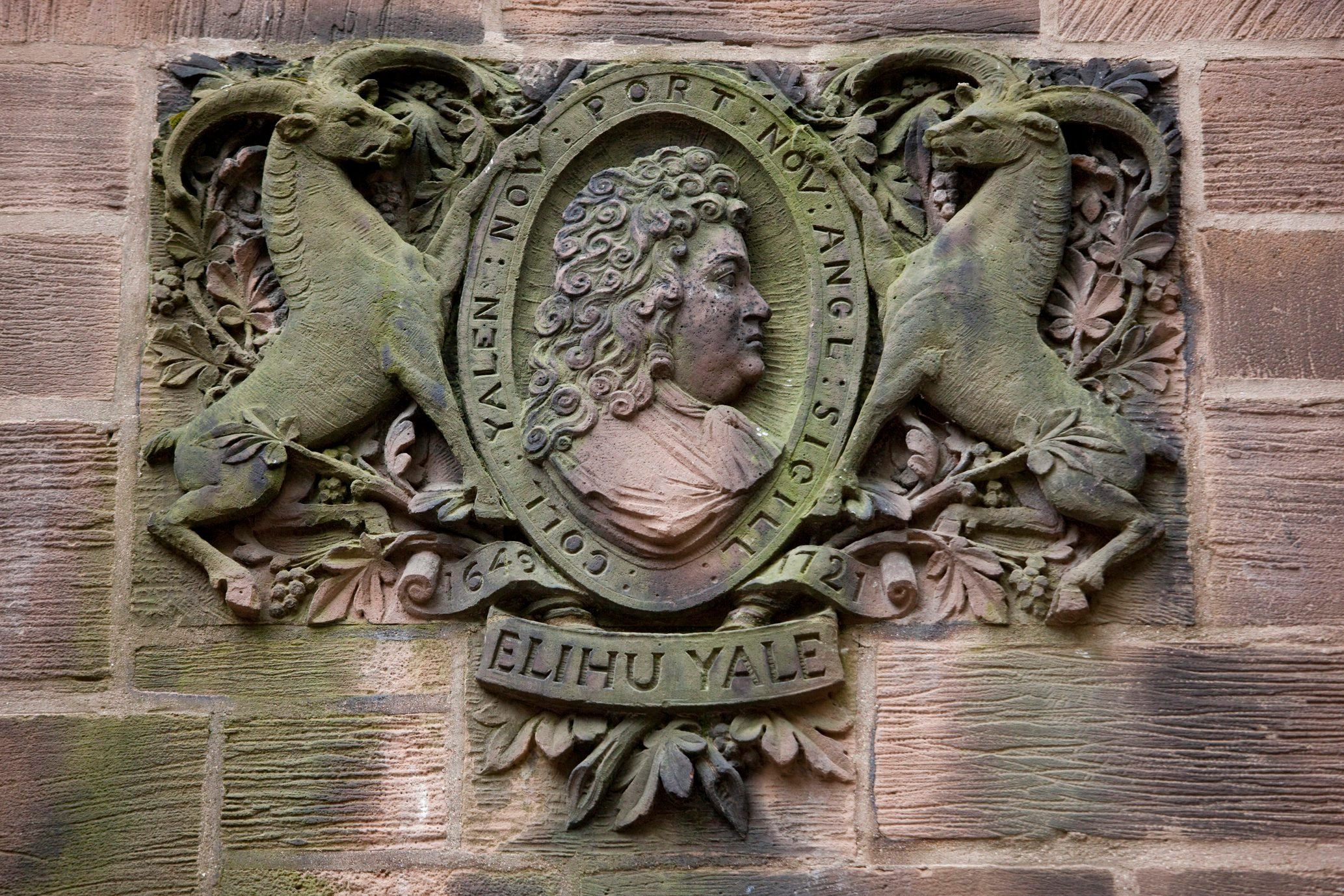
Yale University
What’s in a name? In the case of one of the most-respected higher-learning institutions in the United States, strong ties to a time when White people owned Black people. Connecticut’s Yale University is named for American-born Englishman Elihu Yale (1649-1721), a slave owner and slave trader who was a major benefactor to the New Haven university back when it was named the Collegiate School at Saybrook. He made his first donation in 1813, and as of the college’s 1845 charter, it was officially renamed Yale University. Activists are now demanding another rechristening. In a June 26, 2020 op-ed in the New Haven Independent, Yale Law School visiting lecturer Sean O’Brien wrote: “The awful murders of George Floyd, Breonna Taylor, and many others should not have been required to start an honest conversation about race in America. What will it take to galvanize the process at Yale?” The school has already made moves to right, if not rewrite, its history. In 2017, Yale’s undergraduate Calhoun College, which was originally named for John C. Calhoun, a 19th-century politician who ardently supported slavery, was renamed Hopper College, in honor of Grace Murray Hopper, a Yale alumnus who went on to become a leading computer scientist.
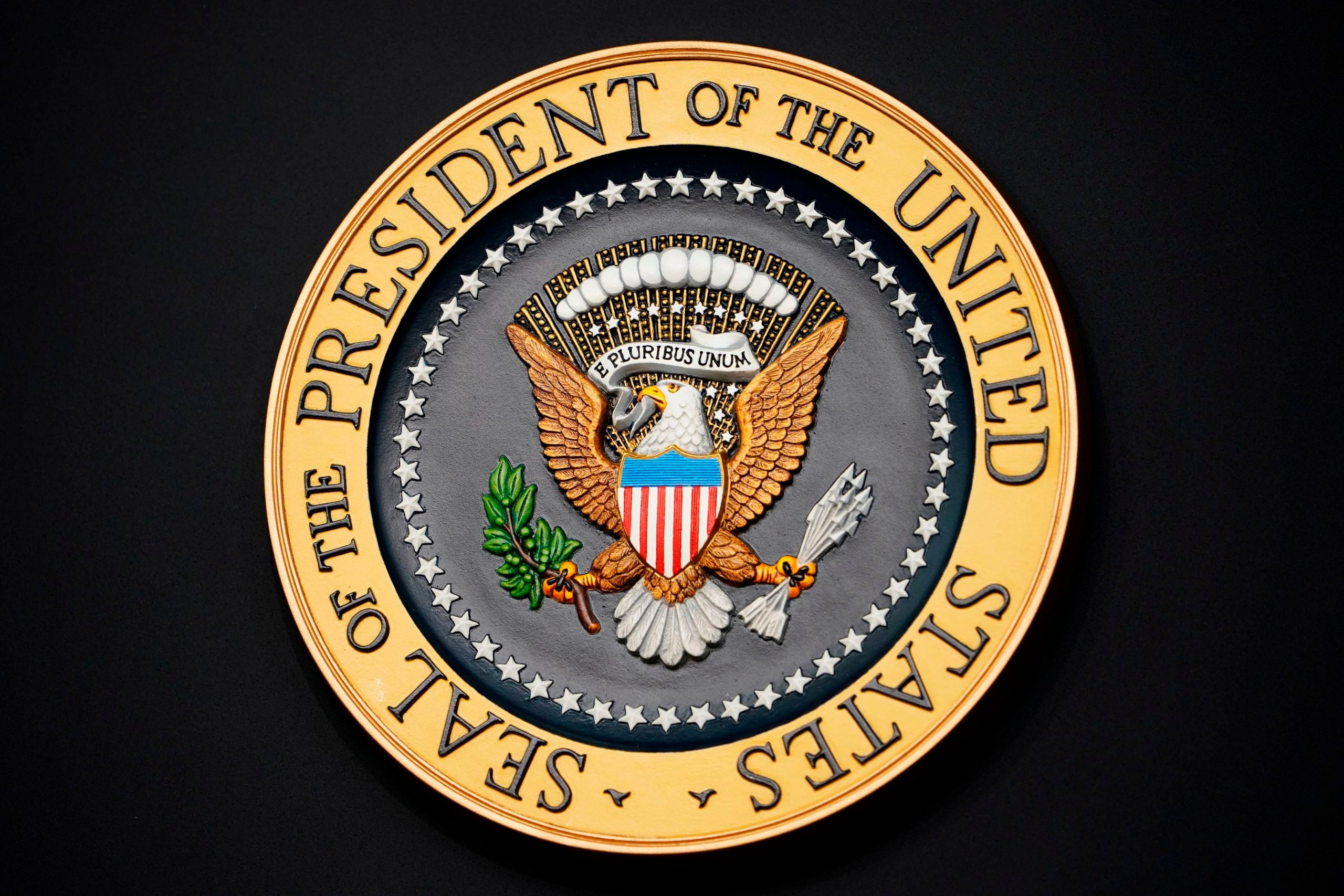
The U.S. presidency
The presidency is the highest office in the land. Forty-four men have held it, and 12 of them—more than a quarter—owned slaves at some point in their lives. In fact, only two of the first 12 U.S. presidents, John Adams (number two) and his son John Quincy Adams (number six), never owned slaves. Ulysses S. Grant, the 18th president, who served between 1869 and 1877, was the final one to have called another person his property. The future Union general who would lead the Union to victory during the Civil War owned one slave, Williams Jones, whom he freed in 1859, two years before the war began. Today, activists are pushing to topple statues honoring slave-owning presidents like Grant, but not all critics of Confederate monuments see it in such black and white terms. “We put up their statues not to commemorate their slaveholding but for different reasons,” Manisha Sinha, professor of American history at the University of Connecticut, told NPR in June 2020. “So these statues, I think, need to be contextualized historically. We shouldn’t shy from the fact that many of these men were slave owners, but we should also be able to judge each case individually. The Confederate statues have no redeeming qualities to them, but other statues certainly do.” The United States isn’t the only country debating historic statues. These monuments have stirred up controversy around the world.
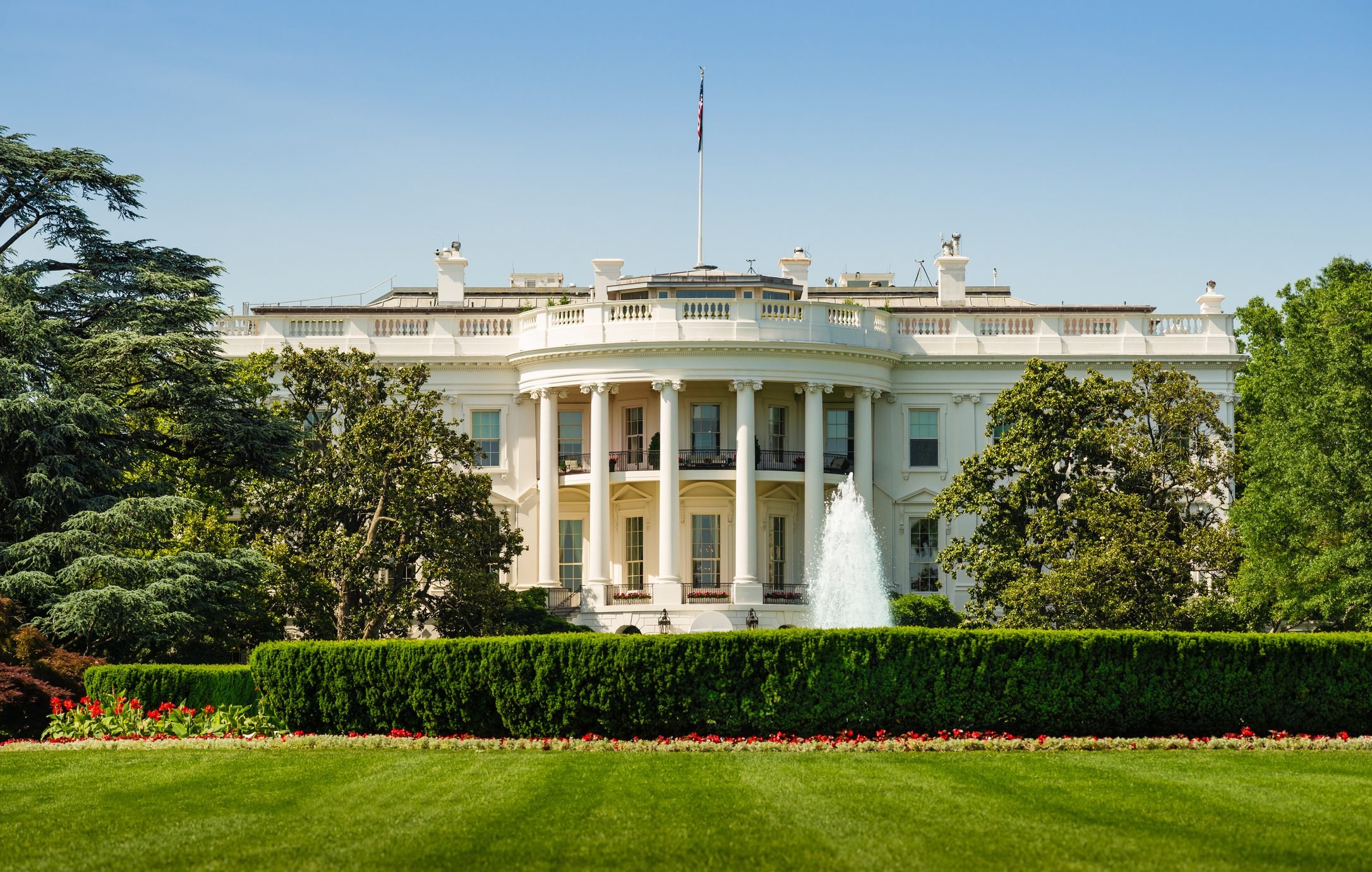
The White House
“I wake up every morning in a house that was built by slaves,” First Lady Michelle Obama said during her speech at the Democratic National Convention in 2012, laying bare a shameful truth about the most sacred home in the United States. Indeed, the labor force that began construction of the White House in 1792 was made up largely of slaves who were loaned out by their masters for low wages that most likely went to the masters. And according to Jesse J. Holland’s book Black Men Built the Capitol: Discovering African-American History, once they finished toiling on the White House, many slaves went on to toil in it, too: “Starting with Jefferson’s administration, the majority of the White House staff from 1800 through the Civil War consisted of slaves. These slaves went with the U.S. presidents to work in the White House because at that time Congress did not provide money for a domestic staff for the president. Presidents who owned slaves—Thomas Jefferson, James Madison, Andrew Jackson, John Tyler, James Polk, and Zachary Taylor—brought them to the White House.” Ever wondered why the White House is white? It doesn’t have anything to do with racism or race.
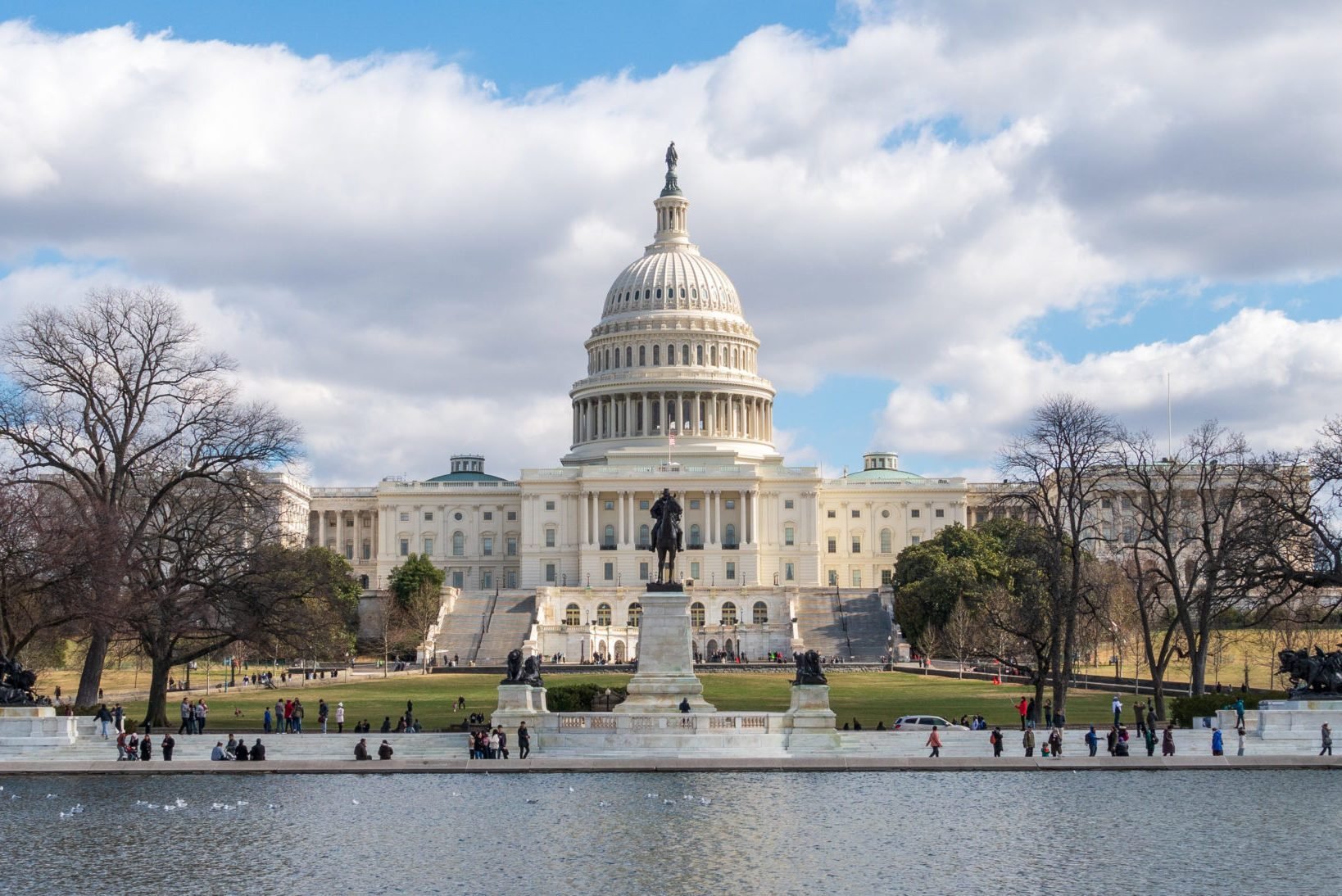
The U.S. Capitol
How’s this for some American irony? The building where, in 1865, the U.S. House of Representatives passed the 13th Amendment abolishing slavery was built more than a half-century earlier using slave labor. According to Architect of the Capitol, “Skilled labor was hard to find or attract to the fledgling city. Enslaved laborers, who were rented from their owners, were involved in almost every stage of construction.” Although it’s impossible to determine the ratio of slave to paid labor, as Alexander Lane wrote in an article for The Poynter Institute’s PolitiFact in 2009, “Slaves were likely involved in all aspects of construction, including carpentry, masonry, carting, rafting, plastering, glazing, and painting…And slaves appear to have shouldered alone the grueling work of sawing logs and stones.” Lane cited a directive the building’s commissioners sent to quarry operator William O’Neale in 1794: “Keep the yearly hirelings at work from sunrise to sunset—particularly the Negroes.” Naturally, the owners pocketed most of the payments for the slaves’ work. Find out why Washington, D.C. isn’t a state.

The banking industry
The next time you make a bank deposit, consider this: You might be doing business with a financial institution that exists today because the bank and/or its predecessor banks benefited from slavery economics. In 2005, JPMorgan Chase & Co. apologized for the involvement two of its subsidiaries had in the slave trade. During the 19th century, Citizens Bank and Canal Bank in Louisiana, now part of JP Morgan, accepted slaves as collateral for loans to plantation owners in the South. “We apologize to the African-American community, particularly those who are descendants of slaves, and to the rest of the American public for the role that Citizens Bank and Canal Bank played,” read a letter signed by JPMorgan Chairman and CEO William B Harrison Jr., and JPMorgan President and COO James Dimon. “The slavery era was a tragic time in U.S. history and in our company’s history.” The company also set up a $5 million scholarship fund for Black undergraduates in Louisiana. Bank of America and Citibank are other banking organizations that have been cited for historic ties to slavery, while both Truist and Wachovia (before it was acquired by Wells Fargo in 2008) also have apologized for theirs. For the second consecutive year, one of the aforementioned companies was named the bank with the worst reputation in America.

American whiskey
The beloved whiskey icon Jack Daniel’s may not have benefited directly from the slave trade, but it might not exist without it. The labor force that produced whiskey during the 1800s was largely made up of Black Americans, slaves who perfected recipes of the spirit. According to ancient lore, Jack Daniel learned how to make whiskey from a distiller named Dan Call. Alas, that’s the whitewashed version. In reality, Call instructed one of his slaves, Nearis Green, to teach young Jack Daniel everything he knew about making whiskey. The rest, until a few years ago, was rewritten history. And Jack Daniel’s isn’t the only brand with a slavery-tainted past. Blacks contributed greatly to the evolution of American whiskey, but they’ve yet to be recognized for it. “It’s extremely sad that these slave distillers will never get the credit they deserve,” Fred Minnick, author of Bourbon Curious: A Simple Tasting Guide for the Savvy Drinker, told the New York Times in 2016. “We likely won’t ever even know their names.”
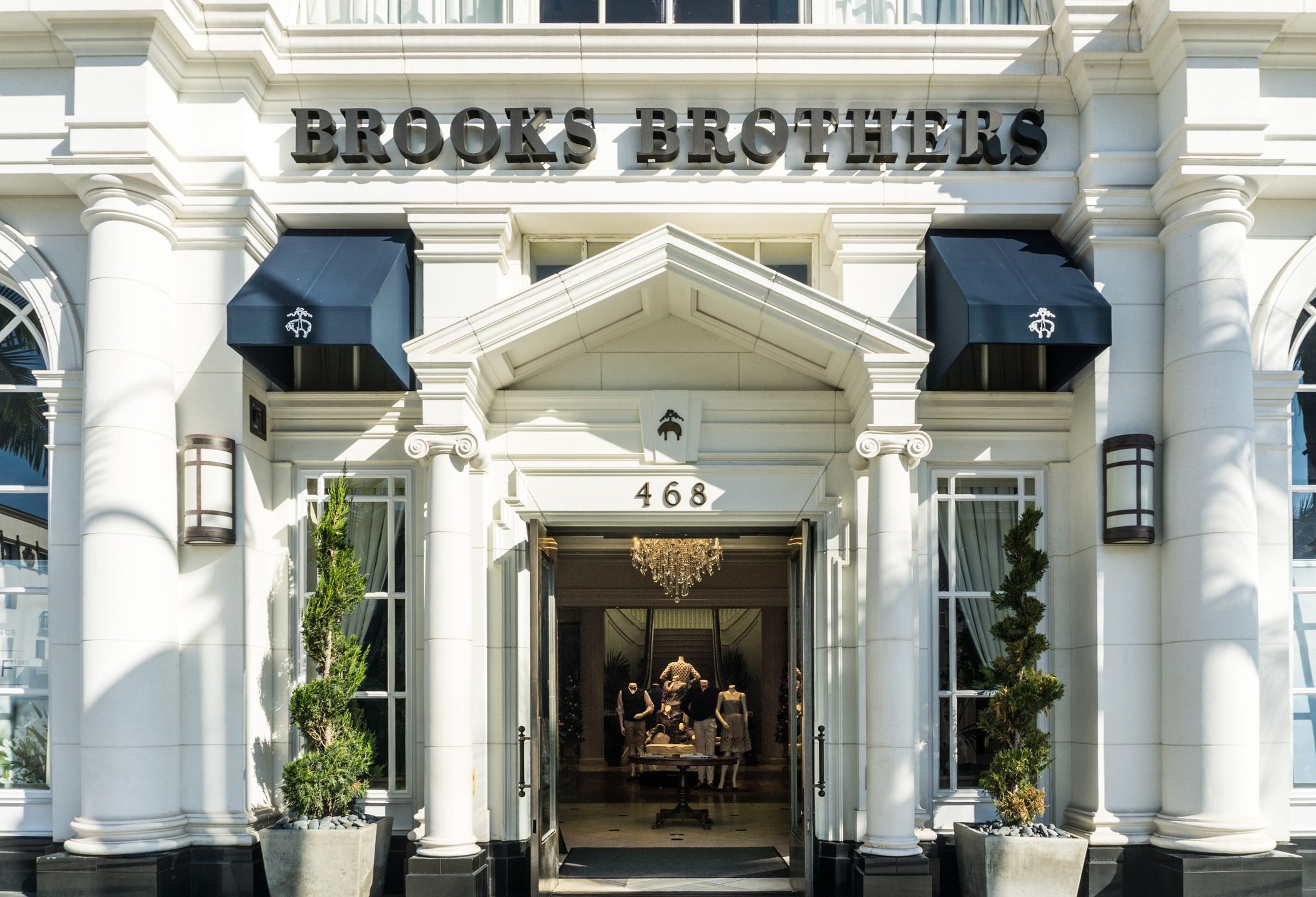
Brooks Brothers
During the pre-Civil War era, the American clothing company founded in 1818 specialized in producing clothing that slave owners bought for slaves. “Brooks Brothers was top-of-the-line slave clothing,” Erin Greenwald, a curator at the Historic New Orleans Collection, told Smithsonian Magazine in 2015. “Slave traders would issue new clothes for people they had to sell, but they were usually cheaper.” Although other retailers sold slavewear and Brooks Brothers was more than just a slave outfitter—Abraham Lincoln is said to have worn a Brooks Brothers custom-made frock coat to Ford’s Theatre on the night he was assassinated in 1865—Brooks Brothers stands out as one of the few that survives to this day and is one that still hasn’t fully acknowledged its slavery ties. “We realize that our company’s 200-year history is intertwined with that of the United States. While we have yet to uncover confirming documentation of the company’s role, we continuously examine our extensive archives and consult with historians on the subject,” read a Juneteenth message posted on the company’s website on June 19, 2020. The following month, Brooks Brothers filed for bankruptcy as a result of losses due to the coronavirus pandemic. Juneteenth is an important day in the history of Black Americans and America. This is why we celebrate it.
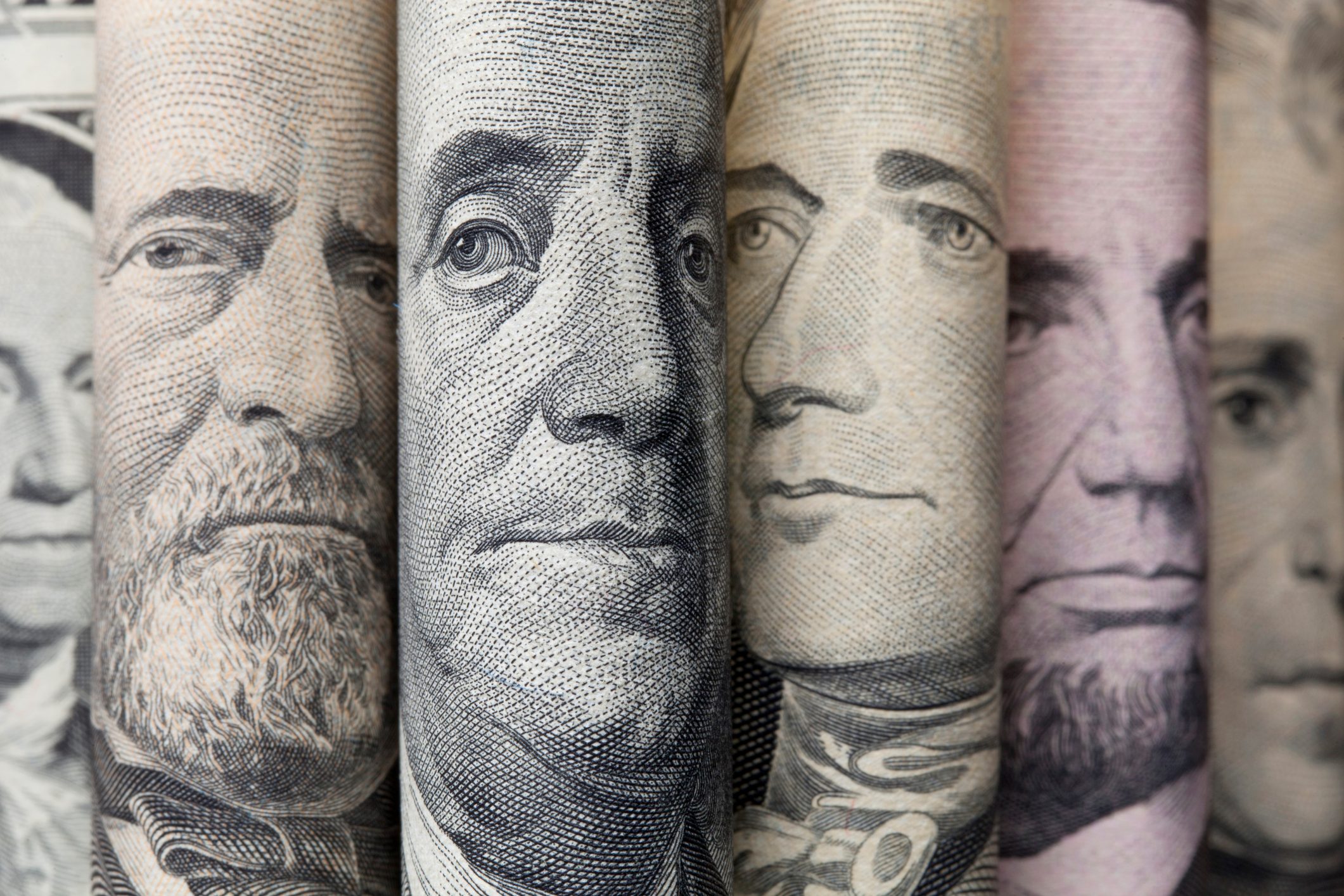
U.S. currency
In most countries, the currency is a place to honor some of the most admired people in the nation’s history. Unfortunately, for the United States, some of those men are presidents who owned slaves: George Washington on the $1 bill and quarter coin, Thomas Jefferson on the $2 bill and the nickel coin, and Andrew Jackson on the $20 bill. Alexander Hamilton, the Hamilton musical hero and first Secretary of the Treasury celebrated on the $10 bill, bought and sold slaves for his in-laws, and Benjamin Franklin, whose face adorns the $100 bill and is perhaps the most highly esteemed founding father after George Washington, owned two slaves. “For many of my students, the very thing they’re promised will give them a better life—money—reflects the story of American imperialism and oppression: The dime is a reminder of Japanese internment, the quarter a reminder of slavery, the $20 bill a reminder of Native genocide,” Bret Turner, an Oakland, California, first-grade teacher, wrote in a Teaching Tolerance article in 2019. Plans are underway for former slave and Underground Railroad director Harriet Tubman, who is credited with assisting hundreds of slaves to freedom, to replace Jackson on the $20 bill. If she ever gets her currency close-up, she’ll be the first Black woman to do so. Alexander Hamilton was one of the more controversial U.S. founding fathers. The Tony-winning musical based on his life left out these eight facts.
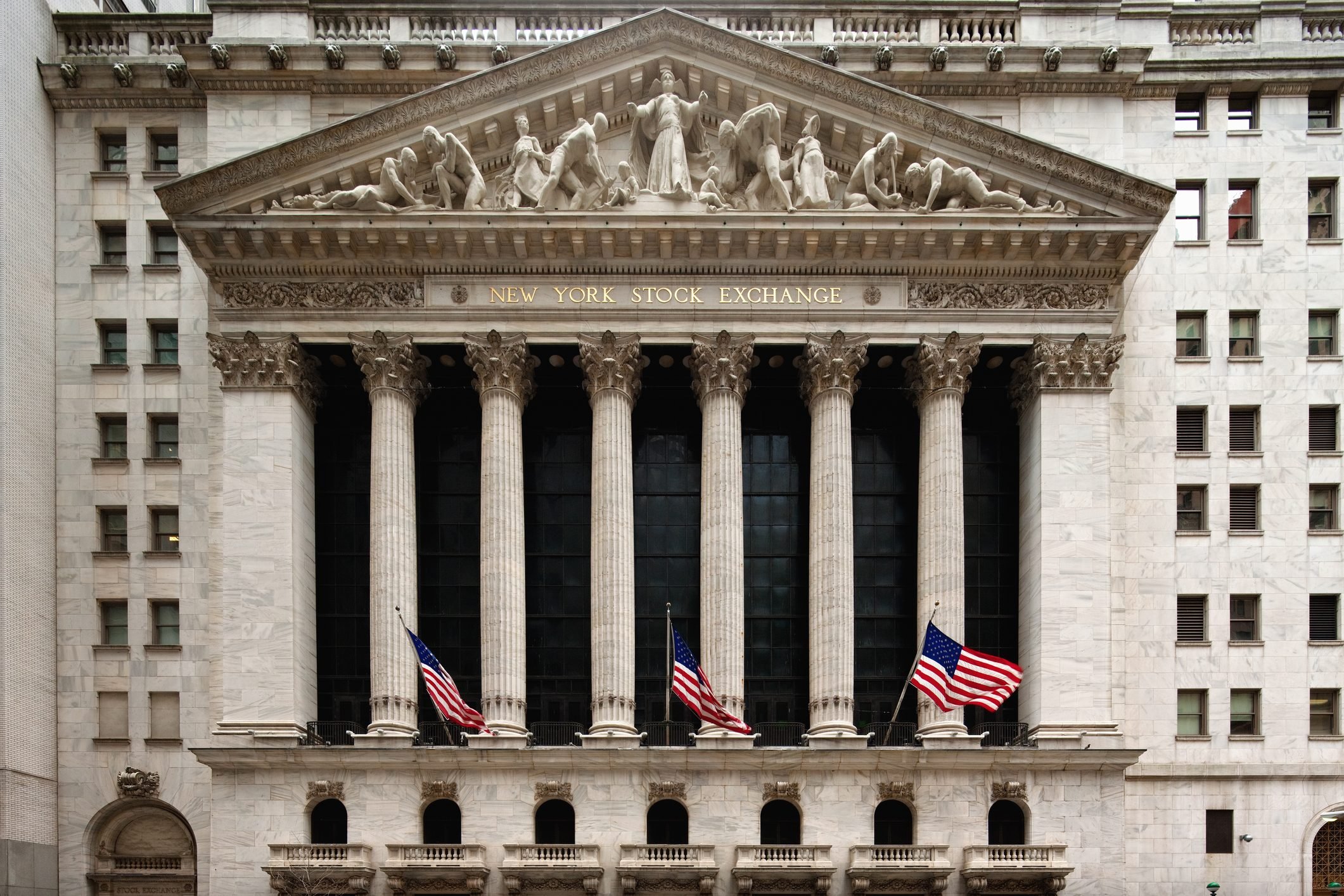
Wall Street
It’s the part of New York City that has long been the symbolic representative of the United State’s economic supremacy, but Wall Street is not without its own troubling slavery connection. Just two blocks away from the New York Stock Exchange was one of the largest slave markets in the country. Here’s another largely unspoken connection: Slaves built the Wall for which Wall Street was named. Although New York became the first state to enact a law completely abolishing slavery, in 1827, it continued to earn revenue from the cotton picked by unpaid slave labor. In the book Complicity: How the North Promoted, Prolonged, and Profited from Slavery, the authors wrote: “From 1825 on, in volume and value of imports and exports, the seaport of South Street outdid the combined trade of its two closest competitors in Boston and Philadelphia…long before civil war loomed, New York, after London and Paris, had become the third major city of the western world. Its glory was built largely of bricks of cotton.”

The insurance industry
While U.S. banks financed the survival of Southern plantation owners, insurance companies like New York Life, Aetna, and US Life sold them policies protecting them from loss of their slave property during transatlantic trips from the homeland to the United States and as a result of performing labor on American plantations that was often literally back-breaking. According to the New York Times, more than 40 other companies offered such policies to Southern slave owners, though most have them have long since ceased operations. In 2000, Aetna offered “deep regret” for its involvement in the slave trade after its establishment in 1853, and Lloyd’s of London apologized for its role in an “appalling and shameful period of English history” in a statement on June 18, 2020, and pledged financial support to charity organizations for Blacks and other minority groups. New York Life, whose predecessor, Nautilus Insurance Company, sold slave life insurance policies between 1846 and 1848, acknowledges its slavery connection on its website, though the short statement stops short of apologizing for it: “While we recognize that we cannot change the past, our understanding of those two years of our company’s history has shaped, and will continue to shape, our support for the Black community.” Next, read on for the 16 history questions everyone gets wrong.
Sources:
- New Haven Independent: Yale Must Change Its Name Yale
- NPR:”Should Statues Of Historic Figures With Complicated Pasts Be Taken Down?”
- Time: “Michelle Obama Reminded Us That Slaves Built the White House. Here’s What to Know”
- Architect of the Capitol: “Philip Reid and the Statue of Freedom”
- The Poynter Institute’s PolitiFact: “The legend of slaves building Capitol is correct”
- Smithsonian Magazine: “Retracing Slavery’s Trail of Tears”
- VestOJ: “A Stain on an All-American Brand”
- PBS: “Citizen Ben”
- Teaching Tolerance: “Open Secrets in First-Grade Math: Teaching About White Supremacy on American Currency”
- BBC: “The hidden links between slavery and Wall Street”
- The New York Times: “Insurance Policies on Slaves: New York Life’s Complicated Past”
